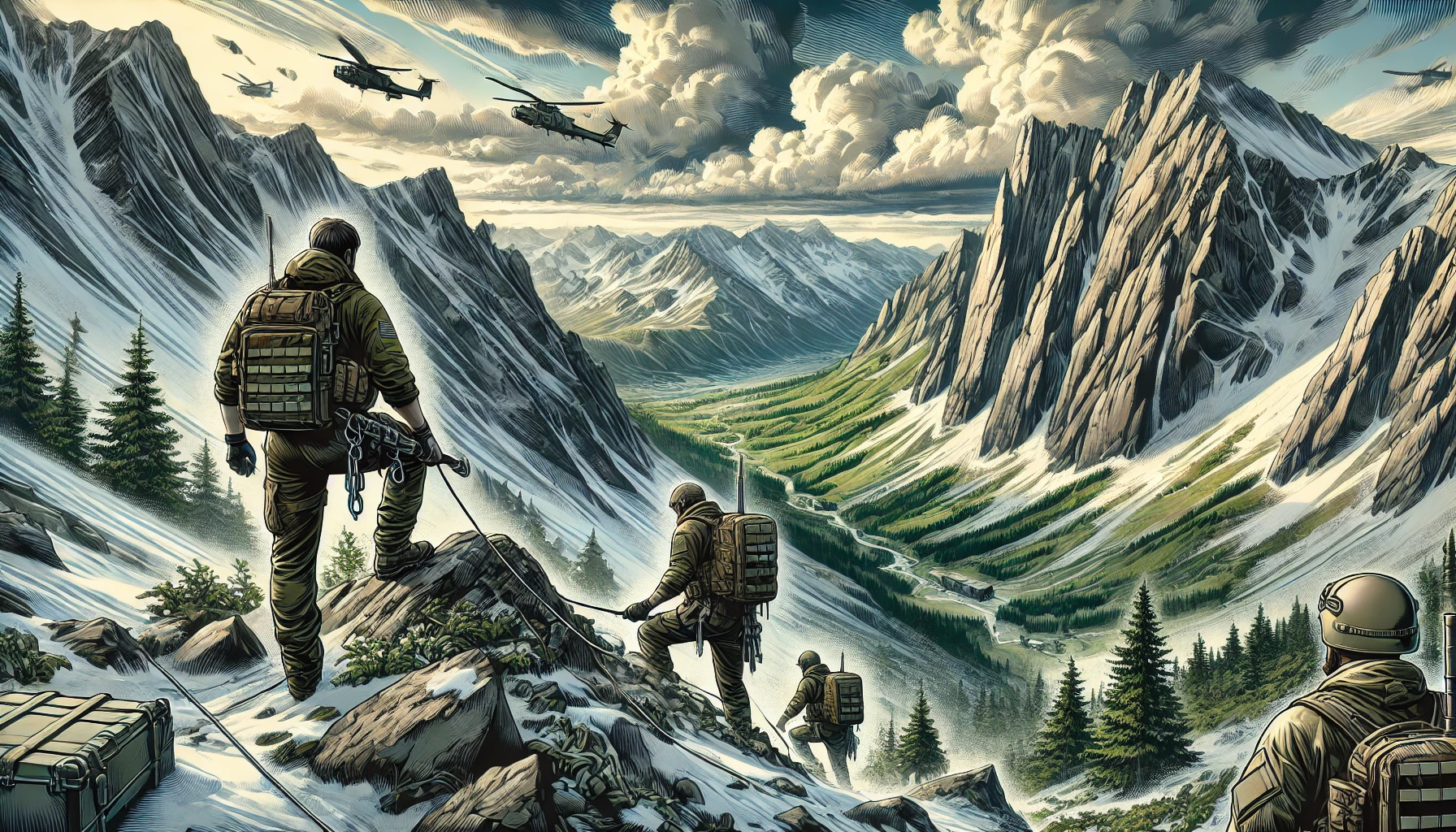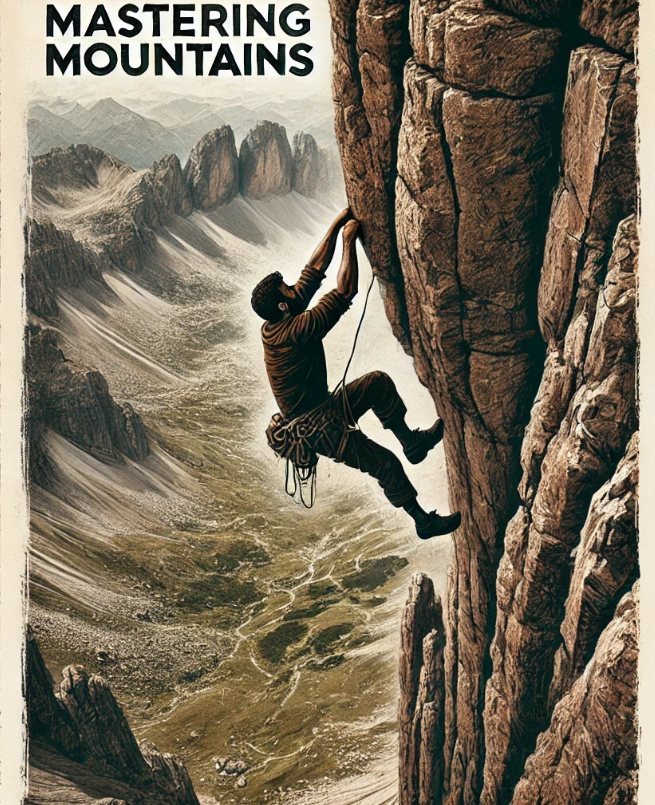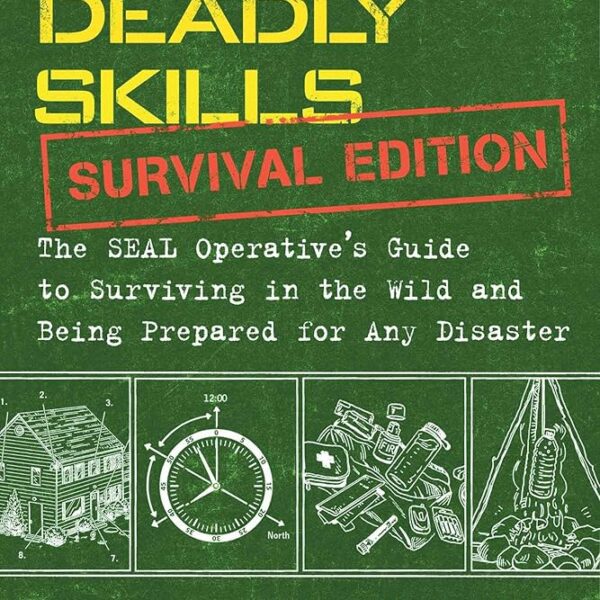PDF Download | 3 MB | 177 Pages
Mastering Mountain Terrain: Essential Techniques for Military Operations
Mountainous terrain presents unique challenges that require specialized knowledge and skills to navigate successfully. This book is designed to equip you with the essential techniques necessary to cope with mountain environments, preparing you for real-world scenarios where terrain, weather, and altitude play critical roles.
Key Areas Covered in This Book
- Understanding Mountainous Terrain
The first step in operating effectively in mountains is to understand the different types of terrain you may encounter. From jagged peaks to rolling hills, each presents distinct challenges. This book will teach you how to identify various types of terrain and how to approach them strategically. - Weather and Climate Characteristics
Weather in mountainous regions can be unpredictable and extreme. Knowing how to read and anticipate weather patterns is critical. The book provides insights into the characteristics of mountain weather and how climate can affect your operations, including acclimatization strategies. - Acclimatization and Conditioning
Physical conditioning and acclimatization are crucial for operating at high altitudes. As you ascend into higher elevations, the body requires time to adjust to the thinner air and lower oxygen levels. This book will guide you through the process of acclimatization, as well as the physical conditioning needed for mountain operations. - Basic Mountaineering Techniques
Whether you are scaling steep inclines or navigating rocky terrain, mastering basic mountaineering techniques is a must. These techniques will ensure that you can move safely and efficiently through mountainous regions, even when traditional equipment like helicopters are unavailable due to bad weather conditions.

Why Mountain Warfare Remains Relevant
Mountains exist in nearly every country across the globe, and nearly every major conflict has involved some form of mountain operations. This trend is unlikely to change in future conflicts, making mountain warfare a crucial skill set for any military personnel.
While the fundamentals of mountain operations have remained consistent, the equipment and transportation methods have evolved. Helicopters now provide faster access to difficult terrain, but in many cases, mountain climbing techniques are still required, especially when adverse weather conditions make aerial access impossible.
Preparing for Future Conflicts
With the unpredictability of future conflicts, preparation is key. Understanding how to operate in mountainous terrain gives you a tactical advantage. This book provides the foundational skills and knowledge needed to navigate mountains, handle changing weather conditions, and operate at high altitudes with confidence.
Conclusion
Mastering mountain terrain is essential for any soldier expected to operate in such environments. This book provides comprehensive training in terrain identification, weather analysis, acclimatization, and mountaineering techniques. With the evolution of equipment and transportation, modern mountain warfare requires a balance of traditional techniques and modern technology to succeed.





